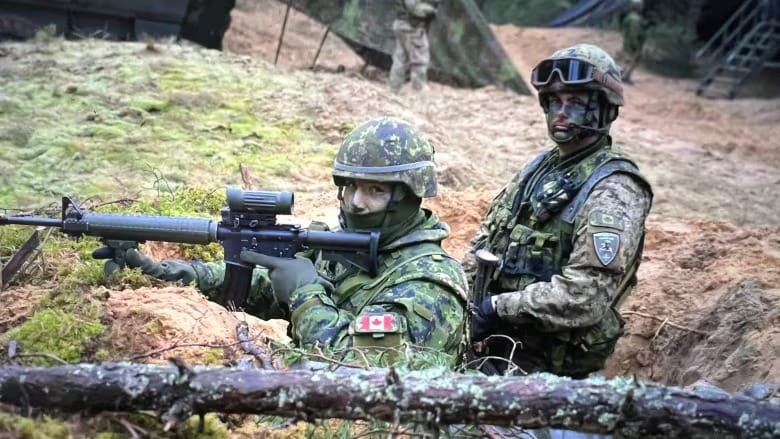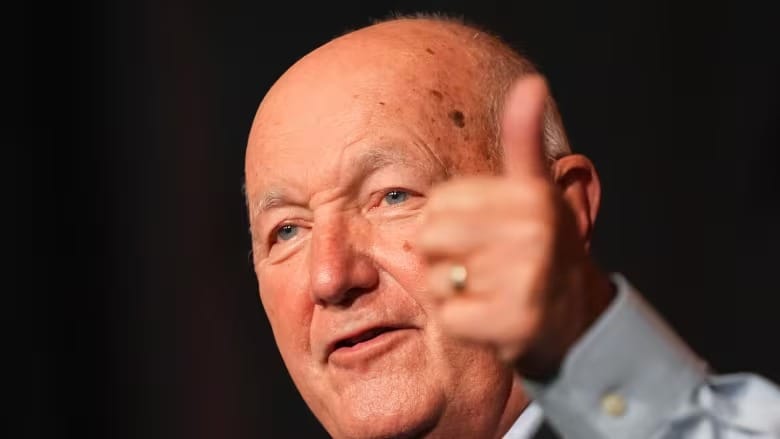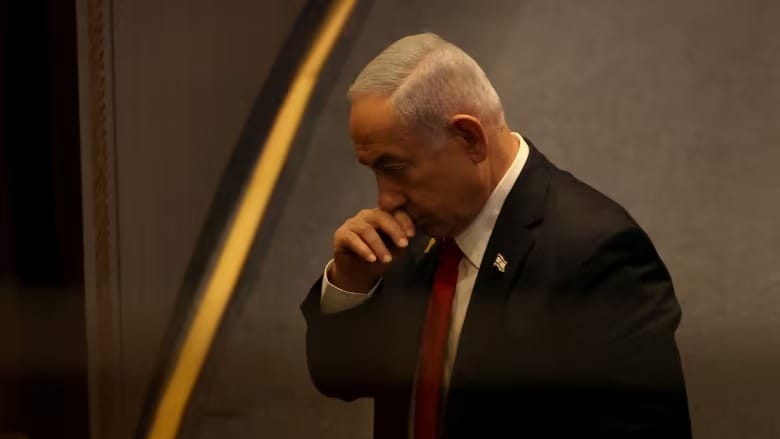As Canada leads a beefed-up NATO force near Russia's border, the alliance prepares for Trump
Officials say Canada is leading its largest international military exercise since the 1980s

At Latvia's sprawling Ādaži military base northeast of Riga, Capt. Harrison Burrows is among over 3,000 troops participating in a Canadian-led NATO exercise. The operation is designed to simulate an attack on Latvia, which shares a nearly 300-kilometer border with Russia.
This marks the first exercise in Latvia since its military presence was upgraded to a multinational brigade led by Canada. The brigade includes troops and equipment from over 13 nations.
“About 50 percent or more of what you see here today wasn’t here earlier this summer,” Burrows noted during a press tour of the base on Wednesday. The tour showcased combat vehicles, weaponry, and radar systems. Burrows, stationed at the base for the past six months, has observed the integration of diverse military units and equipment into a cohesive force to strengthen NATO's eastern flank.
Discussions Amid U.S. Political Changes
Burrows acknowledged that the recent U.S. presidential election, won by Donald Trump, has sparked low-level discussions among troops. However, he emphasized, “At the end of the day, our mandate is for NATO.”
Trump’s election could lead to tensions within the 32-member NATO alliance, given his past criticism of allies' defense spending. During his campaign, Trump suggested he might allow Russia to act freely against NATO members that fail to meet spending commitments.
NATO’s Spending Divide
NATO Secretary General Mark Rutte, who previously interacted with Trump during his first presidency, expects renewed pressure on members to increase their defense budgets. “No doubt he will push [NATO countries] again to do more, to take a bigger share of the burden, which is only fair,” Rutte commented while attending the military exercises.
Currently, the U.S. accounts for over 65 percent of NATO’s total defense spending, having allocated more than $900 billion in 2023. NATO guidelines call for members to spend 2 percent of their GDP on defense, but only a quarter of them meet this threshold. Canada is projected to spend just under 1.4 percent this year.
Despite this, Rutte highlighted Canada’s leadership in the multinational brigade as a sign of its commitment to NATO’s security priorities.
Canada’s Extended Mission in Latvia
Canada first deployed troops to Latvia in 2017 as part of a NATO battlegroup. In 2023, it pledged $2.6 billion to expand and extend the deployment until 2026. Chief of Defence Staff Gen. Jennie Carignan anticipates this commitment could last well beyond that. “Considering the actions of Russia and ongoing threats, we can expect Canada to be here for a long time,” she remarked.
The mission is Canada’s largest international deployment, with most troops rotating every six months. Starting in January, Sweden will contribute 600 troops in its first deployment as a NATO member, having joined the alliance in March 2024.
Latvian Concerns and Future Plans
Latvia, which gained independence from the Soviet Union in 1991, remains wary of potential aggression from Russia, especially given its sizable Russian-speaking population. Latvian President Edgars Rinkēvičs expressed appreciation for Canada’s support and emphasized the need for further investment, particularly in air defense.
Canada has committed to deploying two additional air defense systems in Latvia by 2026 and 2027. Reflecting on NATO’s preparedness, Rinkēvičs stated, “We all know what we need,” and urged member nations to learn from Russia’s military production ramp-up, which is projected to account for over six percent of its GDP by 2025.
“We still live in a kind of land of hope. Unfortunately, we must face reality,” Rinkēvičs concluded.





